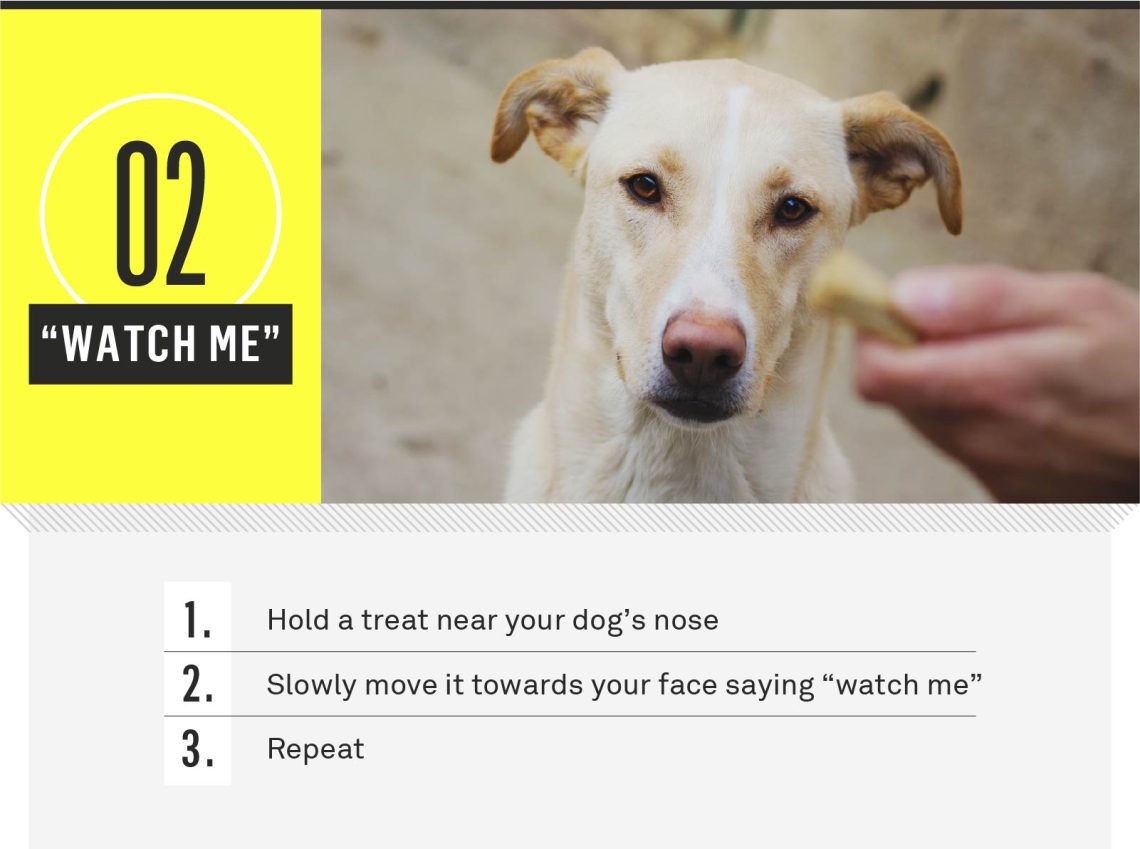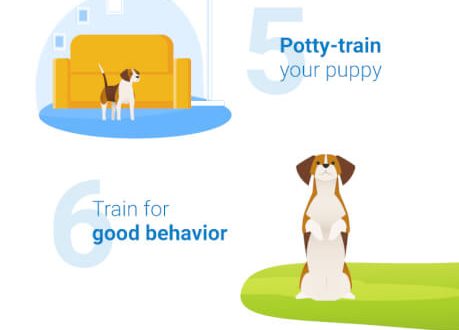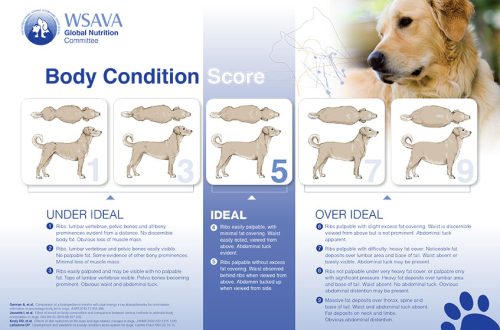
Pehea e aʻo ai i kāu ʻīlio i ke kauoha "maka".
If the dog will serve as a guard or protector in the future, you can teach it the “face” command. However, the execution of such a command is a very serious responsibility for the owner. It is better to train the skill in the presence of a professional dog handler, especially if the pet is a representative of a service breed.
When training, it is important to take into account the breed characteristics and character of the pet. For example, the “face” command will be superfluous in the arsenal of a lap dog, and an aggressive adult pet will require a special approach to training.
Conditions for team training
In addition to taking into account breed characteristics, it is worth adhering to the following recommendations:
Do not start training until the dog is one year old. The “fas” command is taught only to animals with a stable nervous system.
Prior to learning the “face” command, the dog must undergo a specialized obedience course.
The rest of the commands should be worked out clearly and at the first request of the owner: special attention should be paid to the “fu” and “give” commands.
The owner must be an indisputable authority for the dog. If the pet performs commands reluctantly or every other time, it is impossible to start training for the “face” command.
Self-training of the team should be carried out only in the presence of a dog handler, but it is best to immediately transfer the pet to professionals for training.
The cynologist should be chosen carefully. For example, consult with a breeder or ask for recommendations from familiar dog breeders.
Watch the dog. How aggressive she is towards strangers, whether she throws herself at cats or small dogs, whether she reacts to commands when she is passionate about something. Even with a slight tendency to aggression or in stressful situations, training is not recommended.
Aʻo hui
To teach the dog the “face” command on your own, you should invite a professional dog handler. He will advise how to teach correctly, and control the thoroughness and staging of tasks.
In addition to the cynologist, you will need an assistant. He will play the role of an attacker. The assistant must be properly equipped: arms, legs and neck must be protected by thick clothing, hands completely covered with thick gloves. You can not choose a person who is well known to the dog as an assistant.
Training should take place in a closed area from outsiders. If the training is carried out on the territory of the dog training center, it is necessary to give the dog time to look around and get used to the territory. When the pet gets used to it, you need to tie it to a tree or a pole, and then show it to the assistant and say “Alien!” harsh and provocative tone. The helper should move towards the dog with twitchy and jerky movements, waving his arms and provoking aggression. If the dog is nervous and shows aggression, you need to give the command “Face!”. The pet can grab the helper by the glove, and the task of the owner is to give the command “Fu!”, And then praise the pet. The next step is to repeat the actions in free space without a leash.
Since team training is dangerous and difficult, it is better not to conduct it without a specialist. The advice of a professional will help prevent or minimize possible mistakes in training, and the dog will become an excellent protector in an unforeseen situation.
E nānā i kekahi:
Pehea e aʻo ai i kāu ʻīlio i ke kauoha "E hele mai!"
Pehea e aʻo ai i kāu ʻīlio i ke kauoha kiʻi
Pehea e aʻo ai i kāu ʻīlio i ke kauoha leo





